When we visited Zanskar Valley, we had expected to be blown away by the “Cave Monastery”, better known as the Phugtal Monastery. Little did we know that Zanskar will awe us with another cave monastery – the Dzongkhul Monastery. Infact, Zanskar amazed us every single day we spent there. It was an experience that we will always cherish.
Zongkhul or Dzongkhul Gompa is another majestic monastery in the Zanskar region. To be honest, we had not heard much about this monastery before. After already visiting Zangla Palace, Stongdey Monastery and Phugtal Gompa, we felt that we had seen the best. So, when Tashi (our friend and guide from Zanskar) told us about the place, we were not overtly excited.

We had this mindset of “already seen the bests”. And so Dzongkhul Monastery totally blew our mind away. I think this is an advantage of visiting a place without any expectations and with an open mind. Things become more beautiful.
Dzongkhul or Zongkhul Monastery is another spectacular cave monastery in Zanskar. The monastery structure is partly embedded on the rock face of a gorge. There are two caves behind the front façade of Dzongkhul Monastery. Just like the Phugtal Monastery, it seems that this gompa structure has emerged from the rock cave itself.
Where is Dzongkhul Monastery Located?
Dzongkhul Gompa is located in the Stod valley of Zanskar region on the south-western side of the Bardur River, about 32 km from Padum town. To reach the monastery, you have to take the Padum – Kargil Road.

Starting from Padum, there is a 16 km road to Tungri. At Tungri, the road diverges. One goes to the right crossing a bridge towards Kargil. The other is the straight road running parallel to the Padum-Kargil road. You have to take the straight road and drive for another 10 -11 km until you see another road on the left side entering a narrow valley. You have to take this road on the left and drive for another 7 km to Dzongkhul Monastery.
History of the Dzongkhul Monastery
Dzongkhul Monastery is associated with the celebrated Buddhist yogi or saint, Mahasiddha Naropa. He had studied at the Buddhist University of Nalanda in Bihar. He was a great scholar and became a celebrated lecturer in the Nalanda and Vikramshila University, almost a millennium ago.
Dzongkhul Monastery is dedicated to Naropa. Mahasiddha Naropa is believed to have meditated for two years in one of the caves in the Dzongkhul monastery. The cave where Naropa meditated is still inside the monastery. There is a footprint of the Naropa in front of the entrance of the lower cave.

Some also believe that the monastery was founded by the saint. He had struck his hand staff at the rock at a spot where the current monastery is standing. Thus, he laid the foundation of the monastery.
Not only Naropa, Dzonghul Monastery served as a meditation site for many other monks and yogis. The monastery attracts many Buddhist pilgrims even now.
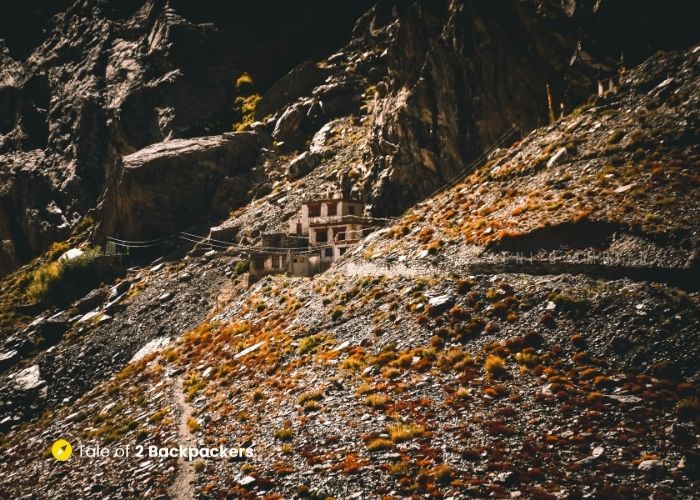
Visiting Dzongkhul Monastery
Our stay in Zanskar Valley was at Tsazar village, which is about 20 km from Padum town. We started in the morning and visited Sani Monastery and Sani Lake. While we were still marvelling about the Padmasambhava statue in the middle of the Sani Lake, we were driving towards Dzongkhul Gompa.

We crossed Tungri, took the road and finally the diversion towards the monastery. After the diversion, the last 7 km drive was through a winding mountain road. The roads were not as good as Padum or Zangla. They were literally the bad roads of the mountains. But the scenery was magnificent. And yes, there was a worn-down sign post showing the direction to the monastery.

I looked out of the window to see the colours in the mountains, the river and the snow. And once more, our car was the only vehicle on this road. Finally, after some time of driving along the mountains, we arrived at the Dzongkhul Monastery.
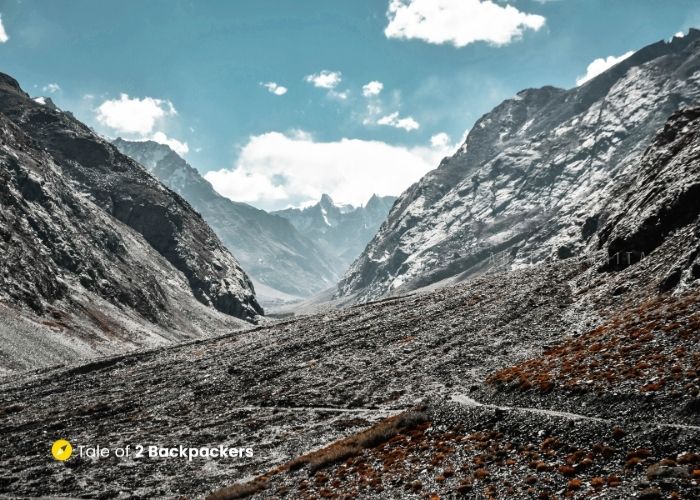
Well, I had thought that Phugtal monastery was secluded! This place seemed equally undisturbed and peaceful. The monastery stood as a huge structure jutting right from the cliff face. It looked imposing and magnificent.
Omasi La

Just in front of the monastery, we could see a wide valley and at some distance we could see a mountain face covered with snow. That was the Omasi La or Umasi La Pass connecting Zanskar Valley and Kishtwar region in Jammu and Kashmir. There is a famous trek route from Zanskar to Kishtwar crossing the Omasi La Pass.

We fell in love with the place. The monastery looked mysterious, the surroundings were simply gorgeous and Omasi La looked pristine. Wind was blowing, fluttering the prayer flags with them. Omasi La seems to beckon us to scale its heights. At that moment I just felt like standing there and looking at the mountains and snow forever.
The Gompa

However, I had to divert my attention to the monastery. There were about 10 houses in front of the monastery blending with the rock face. We gradually climbed up the steps towards the main prayer hall.

There was only one monk residing in the monastery at the time we visited. Usually, the monastery houses about 20 to 30 monks. But it was October, and the monks had gone to the nearby villages. There was only one monk staying there at that time. Infact, as the days will turn to November, he would also leave the monastery and go down to one of the villages. The cold and wind are too harsh here in the winters.
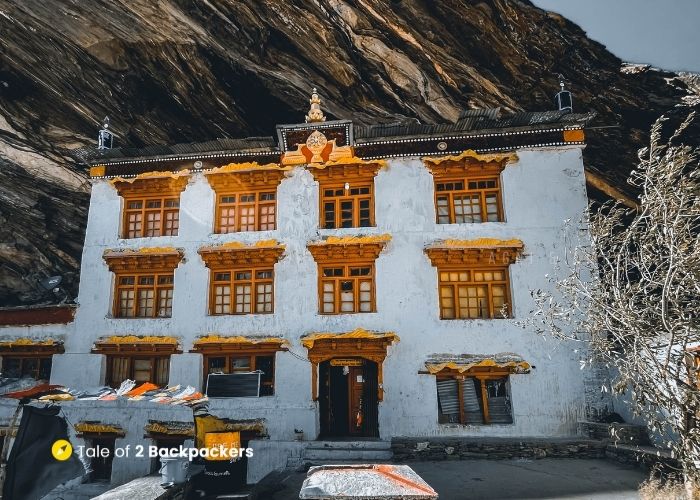
Inside the Monastery
Once we entered inside the monastery premises, we understood why this place was favoured for meditation. There is absolute peace and quiet inside. We also visited the cave where Naropa used to meditate and also saw the footprints.
The cave is a place of absolute peace. There was no sound or noise. Although the cave was illuminated by lamps, the ambience was just peaceful. We felt a sense of peace and contentment here, And I am sure if you visit this place, you will feel the same.
Photography is not allowed inside the cave.
There is also a room near the cave that houses a sacred spring. The monks consider this water to be sacred and they collect it to use it for prayers and offerings. Quite unfortunately, women are not allowed to enter this room. And I once again felt that no religion is actually bereft of bias against women! Never mind, that is a debate for some other time.

Dzongkhul monastery also houses a number of religious artifacts. There is an ivory image of Samvara, crystal stupa and many important religious texts. It also has a number of beautiful and ancient thangkas. The cave walls have some interesting frescoes created almost 300 years ago by Zahdpa Dorje, a famous painter and scholar.
Many other scholars and monks of Zanskar Valley like Dubchen Kunga Gyatso, Nawang Tsering, Karmapa and others had visited Dzongkhul Monastery for meditation.
Why do we love Dzongkhul Monastery?

Dzongkhul Monastery was a revelation for us. It was the surprise package of our Zanskar trip. We were awed by Phugtal monastery, had tea with nuns at Zangla nunnery, and had dinner with the monks of Karsha monastery. However, Dzongkhul Monastery holds a special place in our hearts, inspite of the fact that we did nothing special there. The place was special!

Maybe it was the location of the monastery or the emptiness of the place, the reason that we loved the place so much. I was actually comparing Dzongkhul to Phugtal (I know it is an unfair comparison). Both these places are quite secluded. Once upon a time, reaching Dzongkhul monastery would have been quite difficult.
People from the Kashmir side would have had to trek and cross the Omasi La Pass to reach the monastery. Today, roads are made, most likely due to its closeness to Padum. However, Dzongkhul still remains remote and undisturbed.

If you want to visit Dzongkhul Monastery, you have to visit Zanskar Valley. And to plan your trip, you can go through the following resources. You can also join us on a trip to Zanskar Valley this year. See details here.

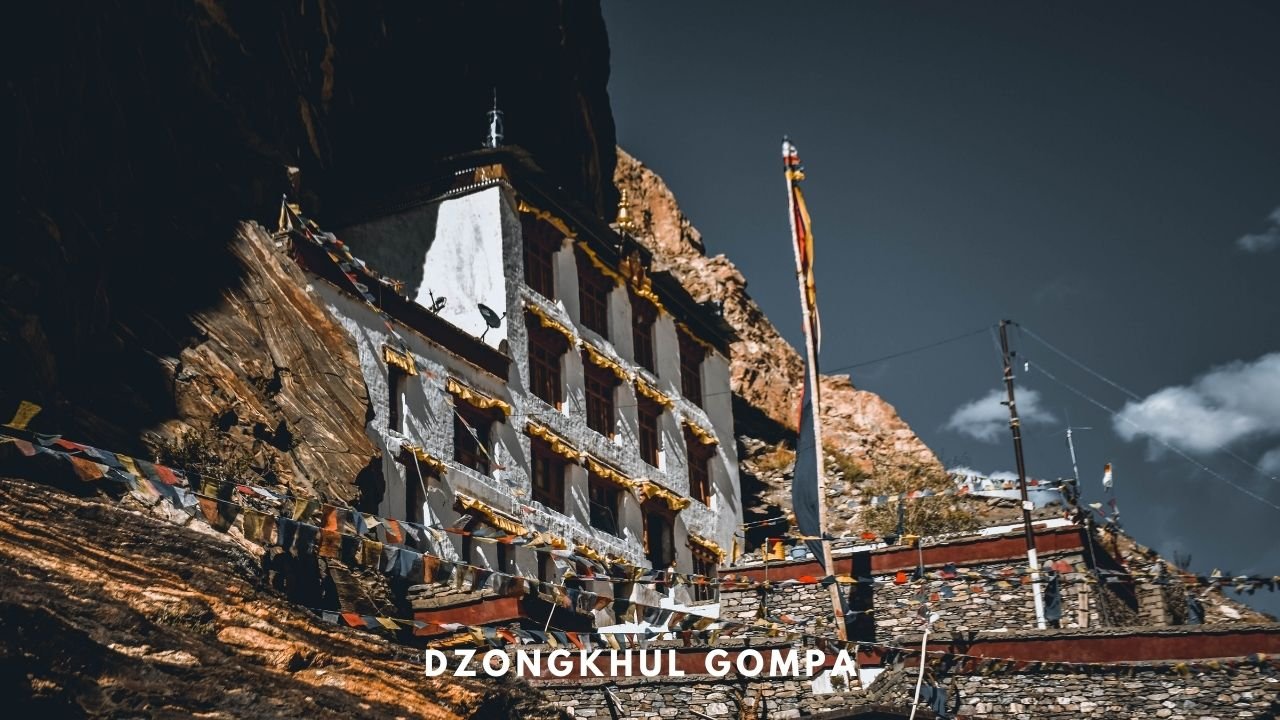

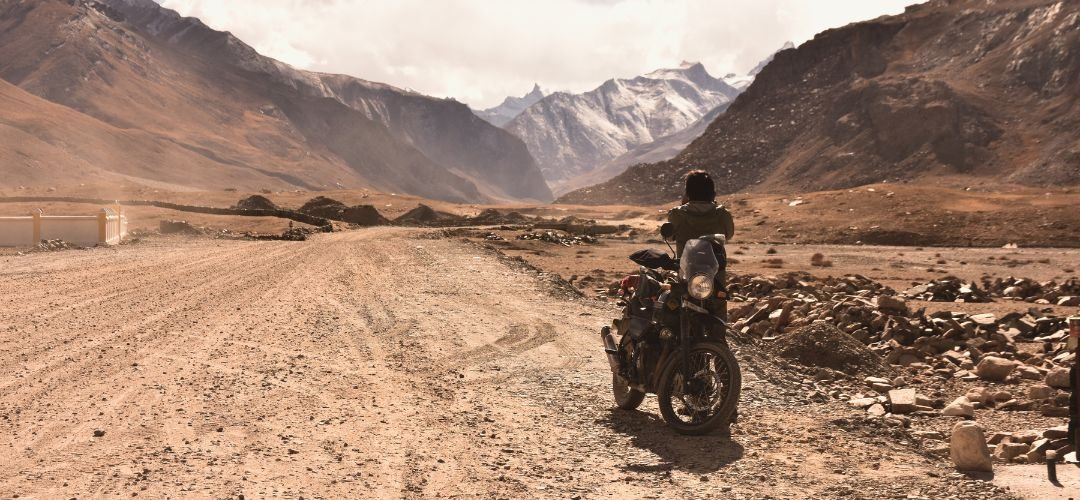
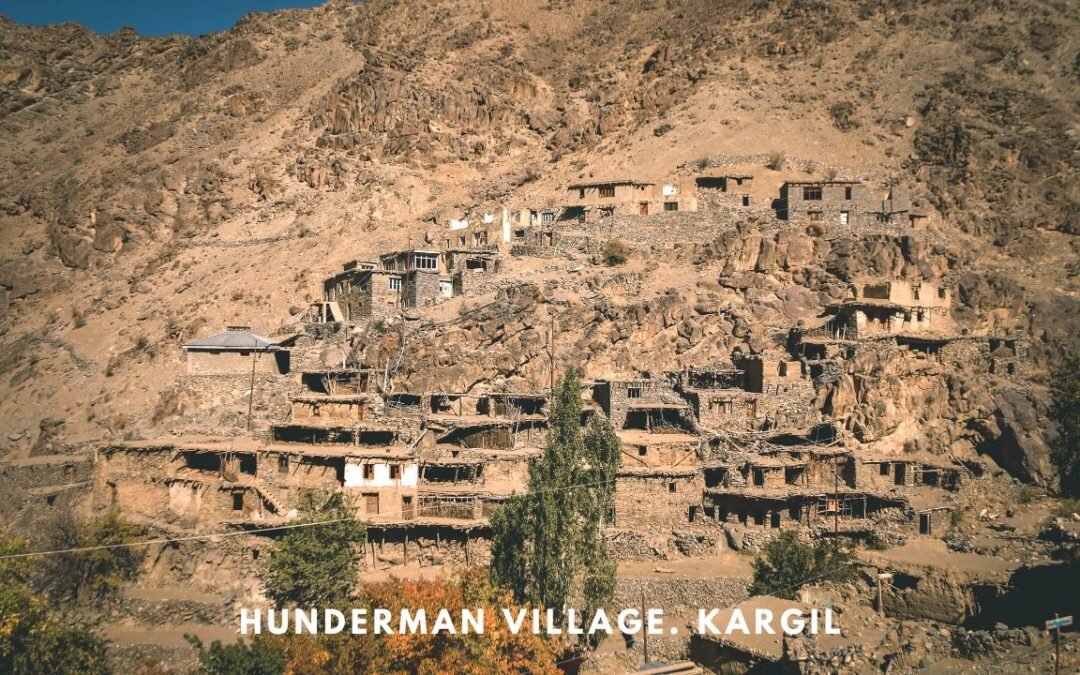
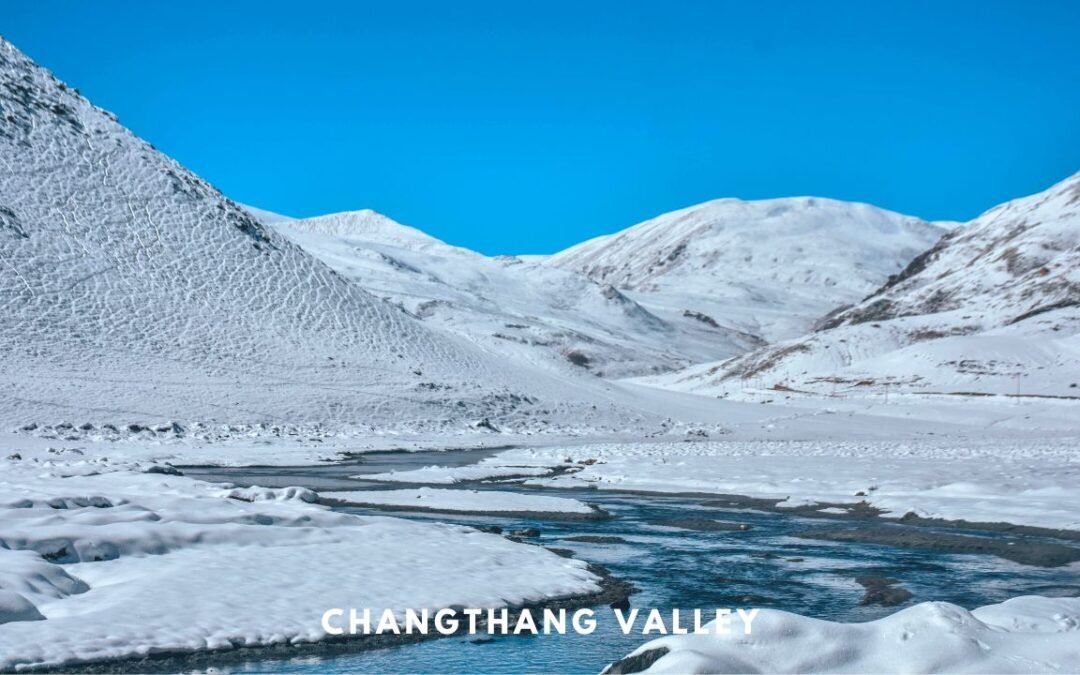
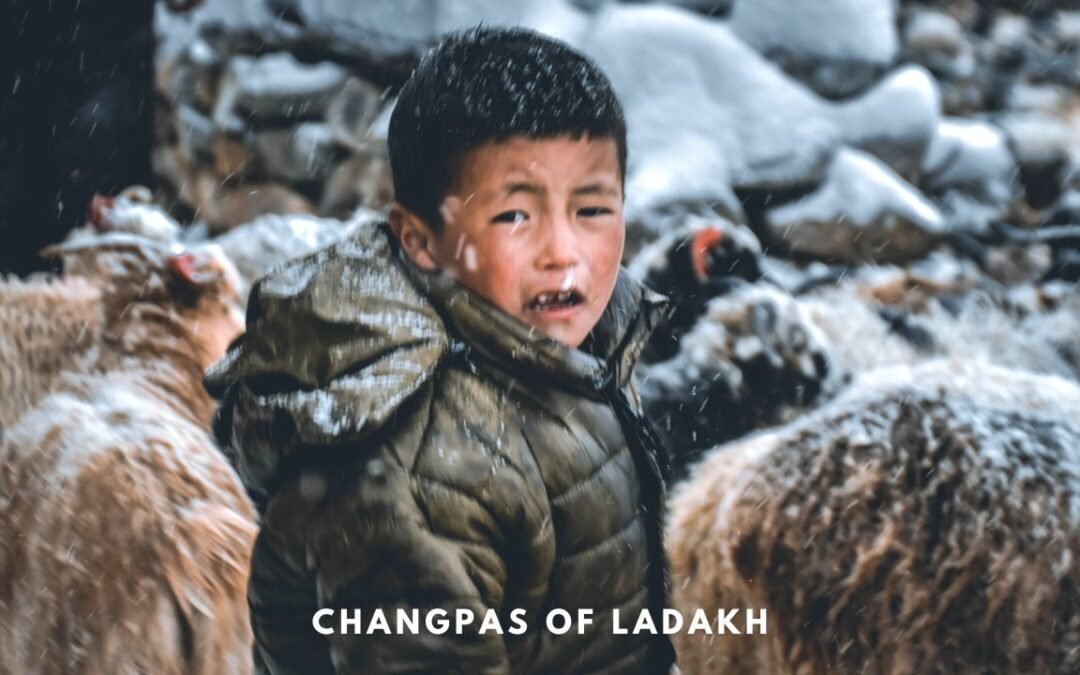


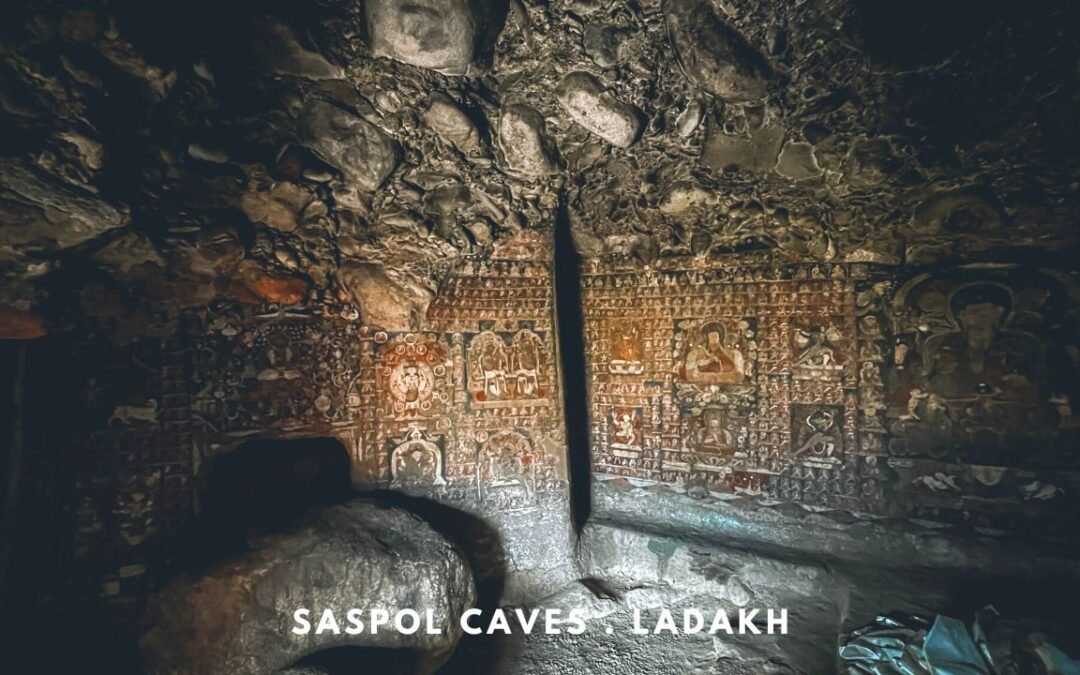

0 Comments